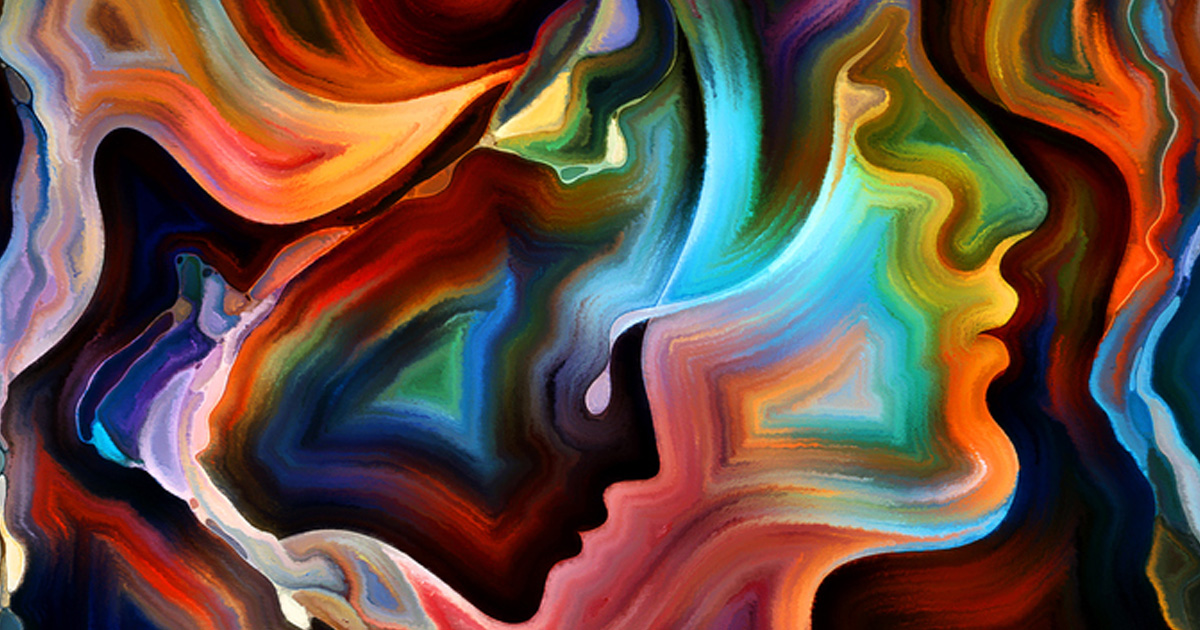
Meditative Painting to Heal Your Life
Photo from Getty Images
Originally Posted On: Healing With Creative Meditation – Echo Recovery
Meditation has become more and more popular over the years. People have started to take a closer look at themselves and how to better themselves mentally as our world progresses.
Unfortunately, as we advance in technology and our information systems get better, we come to know more about this sometimes crazy and unfair world we live in. It’s important then that we find ways to calm our minds and fight against depression, anxiety, and other strong emotions.
So, how do you stay positive?
If you want to create an atmosphere of calm in yourself it’s important that you look within. Meditation and finding harmony are fantastic ways of promoting healthy mental activity in your day-to-day life.
Heal Your Life With Creative Art-Making
There are many different types of meditation. Most people have probably heard of trance and focus meditations — but creative art-making meditation has recently become increasingly popular. Meditative art-making is a variation of the normal meditative process. Unlike standard meditation that focuses on the self-release of your negative emotions through guidance or conscious submergence into your psyche, meditative art-making emphasizes harmony using art and your creativity as a medium. It’s a form of expression that can be used to push your hard emotions out onto paper so you can better envision them.
Creativity has long been seen as a type of healing act. Therapists and health professionals have been studying and using art as a medium for treating psychological disorders for years. Painting, drawing, or any other type of art where your creativity can shine makes it significantly easier to express yourself. As many of us are constantly under pressure to be or act a certain way, it becomes easier to use creativity in art as a medium for communicating with our emotions. Self-reflection is not an easy or comfortable process as we have many things in our life that we may rather forget about than dwell on. But, internalizing these feelings can stress us and cause long-term effects on our overall health.
The Process of Meditative Art-Making
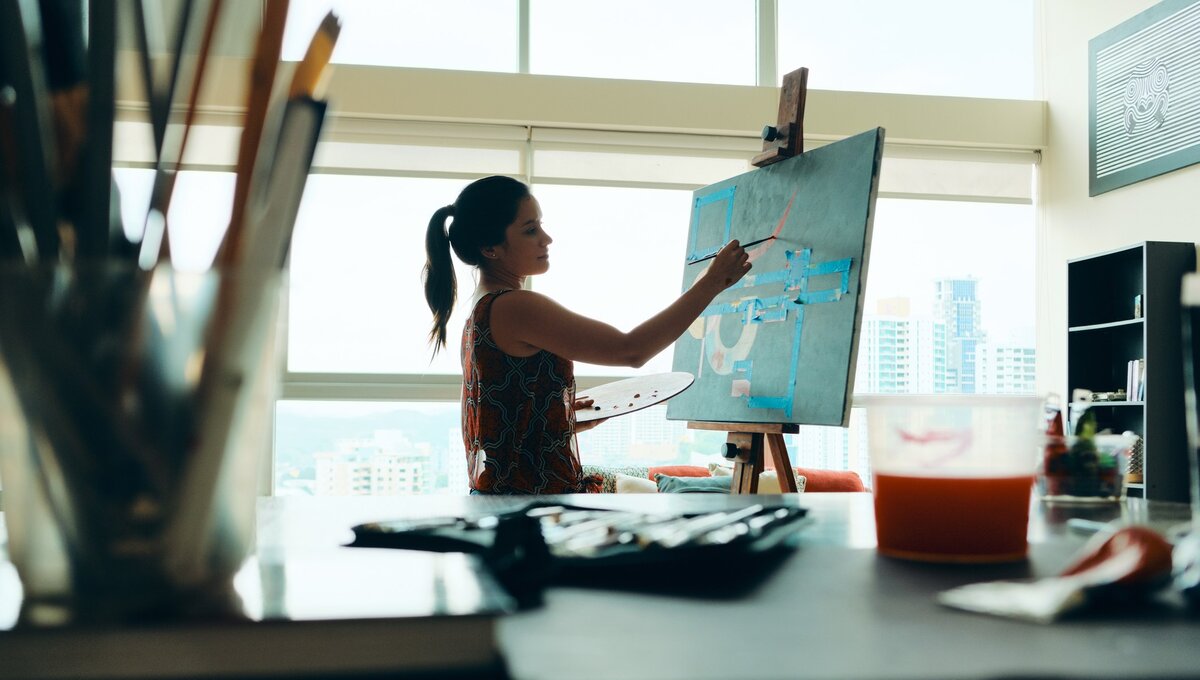 Photo from Getty Images
Photo from Getty Images
Materials you will need before you begin:
- A canvas of some kind
- Drawing or Painting tool
- A quiet place to relax, with adequate lighting
If you are painting, you should also prepare a place to clean your brushes with water and have some watercolors, acrylics or other paints.
After you have your materials on hand, envision what your stressors are and consciously submerge yourself in them. It’s important that you know why you need to get rid of these thoughts and put them into tangible things. This step is crucial — because when you make your stressors into tangible objects, it becomes easier to release them. Once you have an image in your mind, paint or draw, focusing on the colors and object that you envision your stressors to be in. As you are painting, you should focus on releasing your stress, creating harmony as you paint, and letting go of all your stressors.
The bottom line is getting your negative thoughts onto paper and out of your head. We internalize so much emotional baggage that we tend to forget that we need to let go. The human mind was not structured to handle copious amounts of stress. As a result, when our stress levels get high, our bodies — both physically and mentally — start to go haywire. This is where meditation comes in to help you express yourself in creative environments. Holistic healing with art meditation gives you the power to harness your creativity into a positive source of encouragement for you and those around you.
Other Types of Creative Meditation
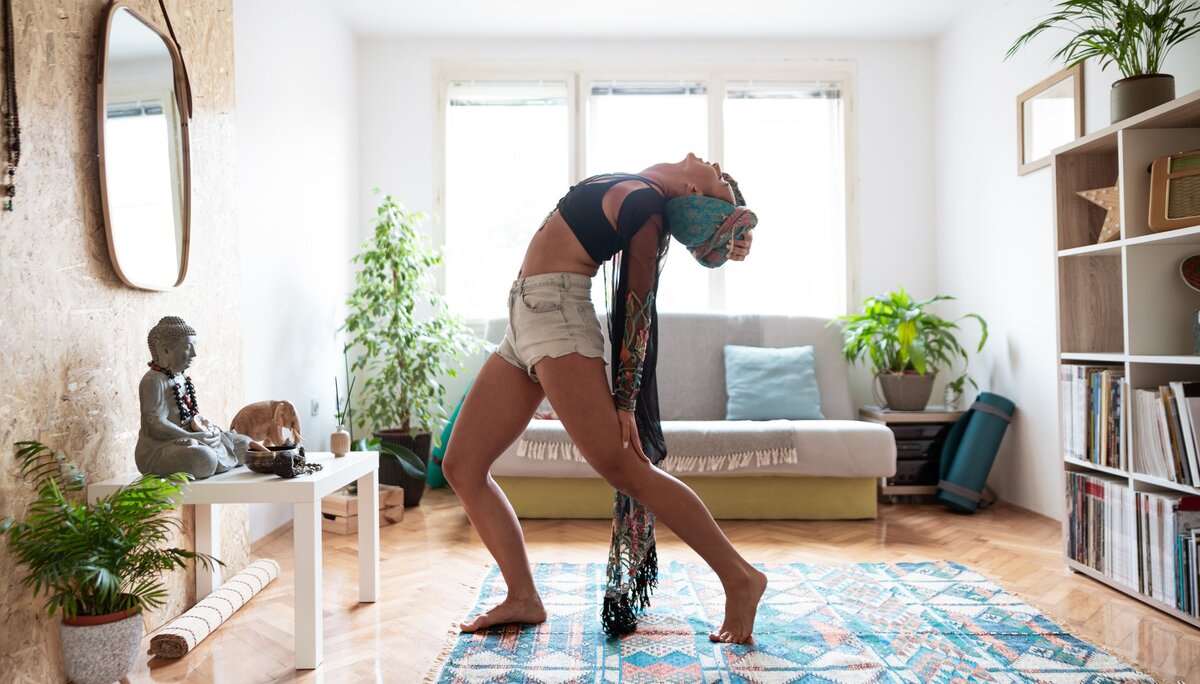 Photo from Getty Images
Photo from Getty Images
There also are other forms of creative meditation besides painting and drawing. Since creative meditation centers around using a medium that you can express your creativity through — anything that can be considered a creative action can be done in place of painting.
Some common examples of other creative meditation include:
- Dance
- Drama
- Expressive movement
- Music
- Writing
All of these forms of expressing creativity can be used to meditate. No matter which medium you choose, the idea of using creativity to express your subconscious issues remains.
“To find the best ideas you have to go deep within yourself. To do this I practice Transcendental Meditation twice a day, every day, and by doing so I believe it keeps the ideas coming.” — Oliva Locher, photographer
Benefits of Meditation
There are many, many benefits to meditation. Self-reflection in a controlled environment lets you target key things that you don’t like and work them out yourself. It can be a permanent solution to dozens of difficult emotional states that people have to deal with every day. Depression that is caused by negative thoughts and anxiety is one of the more popular emotional stressors that influences people to seek out solutions. Thankfully, meditation has been shown to be effective in varying degrees at helping people work out their mental dilemmas. The following are the most common benefits:
- Reduces stress. Stress is one of the most common reasons for people to meditate. Having high stress in your life puts you at higher risk of health complications as hormones and other parts of your body are negatively impacted. Meditation can help reduce the high levels of cortisol that stress produces which promotes healthy sleeping, lessens depression, decreases blood pressure, and reduces inflammatory issues.
- Controls anxiety. Anxiety and stress go hand-in-hand. High levels of anxiety promote stress and increase your body’s susceptibility to hormonal imbalances. Relieving your anxiety through meditation by creating a calming environment can promote healthier levels of stress.
- Promotes emotional health. Positive reinforcement of any kind can lead to improved self-image. We are constantly surrounded by a world that lets us down, time after time. Positive reinforcement, even if it is coming from ourselves, is important in maintaining a healthy emotional state.
- Enhances self-awareness. Self-reflection allows you to develop a more conscious awareness about who you are as a person. Meditation lets you target things that bother you and that you want to get rid of, making it a highly effective method of self-reflection.
Furthermore, higher-order brain functions have been shown to improve in practitioners of meditation while low-order functions decrease — whether you have a mental disorder or not. These “high-order functions” are what dictate your cognitive process. Cognition is composed of intellectual function, orientation, attention, judgment, planning, memory, speech and language, complex perception, and decision-making. It does this by putting pressure on your brain’s cognitive function, flexing it like a muscle while you are decompressing and slowly getting rid of thoughts that would normally damage it.
Healing Complex Disorders Through Creative Meditation
Because of the benefits of meditation, complex disorders relating to severe depression and anxiety can be alleviated.
Post-Traumatic Stress Disorder (PTSD) is one of those complex emotional disorders that has been shown to be alleviated through meditation. Post-traumatic stress happens when we witness, experience, or are involved in a shocking event. During the event, fear triggers an extreme hormonal response in the form of cortisol and adrenaline to forcibly stabilize itself. Once the event is over, our nervous system resets before initiating the recovery process — which can cause you to have a severe emotional or physical reaction if your adrenaline levels were very high. However, there are cases in which our nervous system does not reset, becoming a chronic condition that manifests symptoms of traumatic stress.
These prolonged symptoms are precisely what PTSD is. Not everyone who experiences trauma will develop PTSD, but for those who do, it can plague them for years — even the rest of their lives. Although PTSD is not pathological and can slowly go away on its own, as we develop resistance to the stress, some people may have extreme reactions that need treatment.
The Symptoms of PTSD
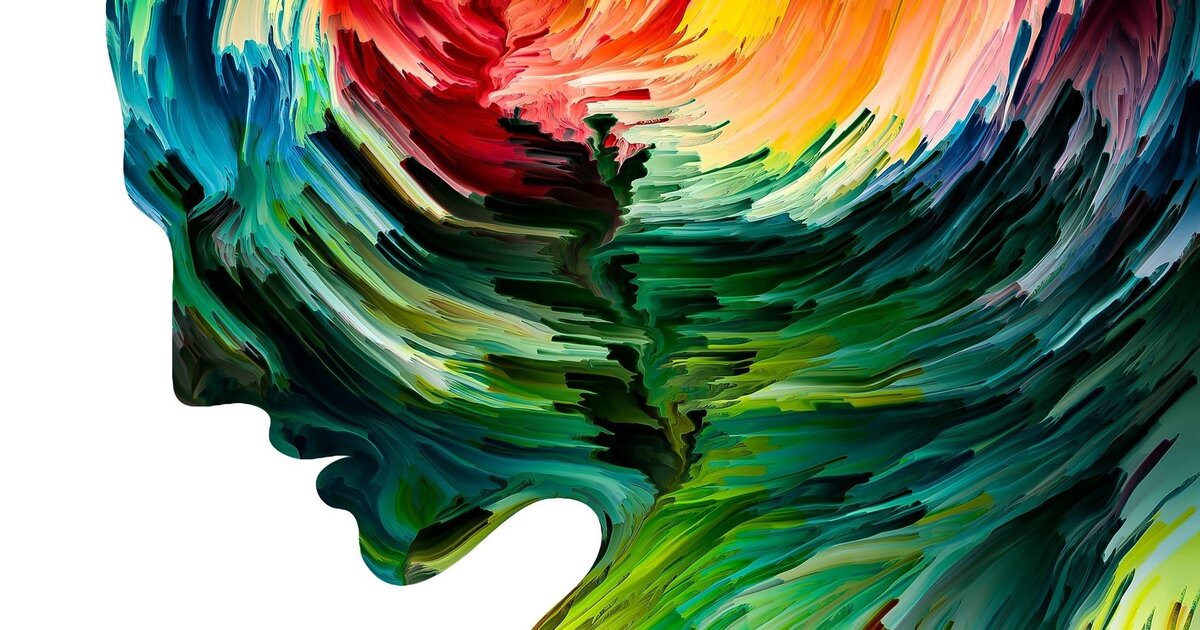 Photo from Getty Images
Photo from Getty Images
Although the cause of trauma changes between each and every person, people with PTSD experience three primary symptoms:
- Repeating or reimagining the experience. Intrusive memories, dreams, or imagining the traumatic event over and over again, which prolongs the stress.
- Individuals usually want to avoid anything that they think would make them remember the event. It could be a place, object, person, or anything else that they fear could make them remember.
- Tension, anger, irritability, startling easily, or difficulties coping with life events.
Persistent traumas impact the structure and function of the brain over long periods of time. Humans who experience severe traumatic stress often see parts of their brains reduce in function, specifically, in areas that are easily susceptible to environmental threats, such as the hippocampus, anterior cingulate cortex, and left amygdala. Reduced brain function in these areas can cause severe damage to learning ability, emotional processing, nerves, and cognitive function.
Creative Meditation in PTSD Patients
Historically, cognitive psychotherapy — with or without medication — was the go-to treatment for PTSD. But social stigma, cost, guilt, shame, or inability prevents many people suffering from severe stress from seeking the help they need. Mindfulness-based interventions have become an alternative treatment for those looking for help. It’s important to note that not all mindfulness exercises are good for post-traumatic stress relief. Since some forms of meditation rely on looking at the problem again, some people might dig up more severe PTSD symptoms if they do not choose properly.
Art-based or creative-based meditation has a lower impact on the mind than most traditional meditation programs. Through the use of a physical medium, much of the imagination can be channeled into the act of creating art. The person is then distracted enough not to focus on their stress while letting go. Although this can be challenging, repeated use of creative meditations can help mediate serious symptoms from PTSD and other complicated disorders.
Meditation has been shown to reverse the damage that PTSD and severe trauma cases have in their brain. Although it may not guarantee freedom from whatever it is someone is having these traumatic experiences from, it can let them overcome it slowly, in a healthy way.
Can You Meditate Through Art?
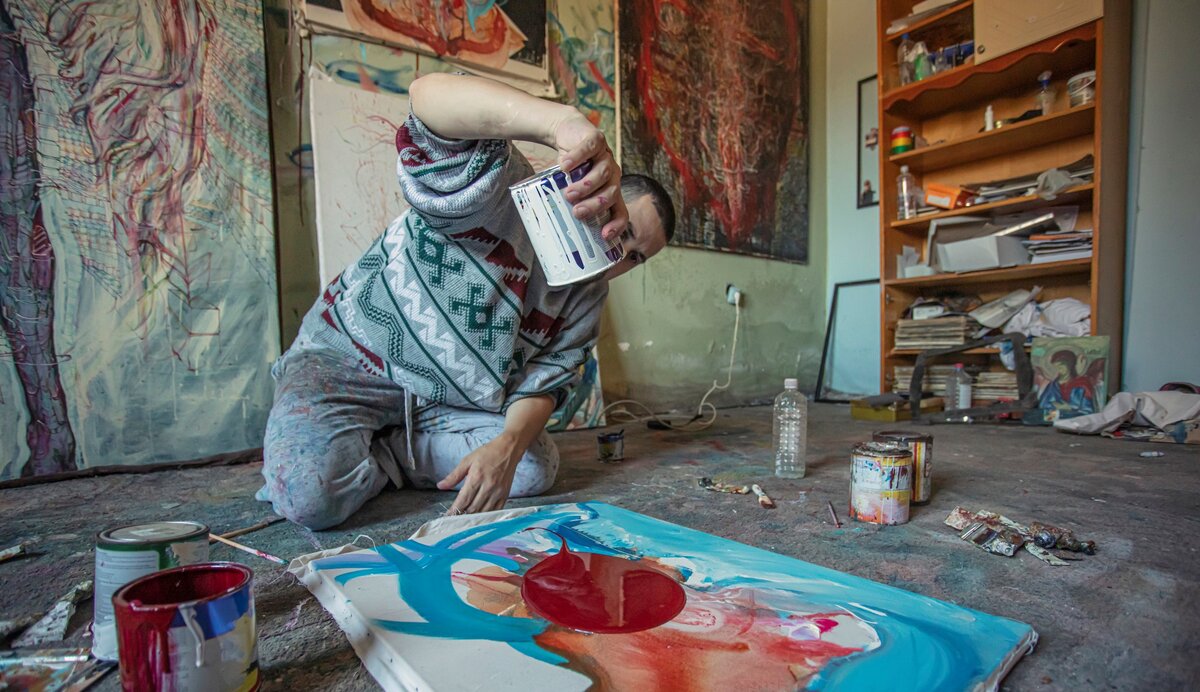 Photo from Getty Images
Photo from Getty Images
The short answer is yes, you can meditate through art.
The process is simple and you can do it so long as your chosen creative medium is at hand. Many people choose to use creativity to fuel their emotions. Using it as a source means you can be much more direct in your approach to meditation. It allows you to think freely while feeling what is truly causing your pain. Art meditation focuses on acceptance and fostering healthy thinking without putting judgment onto yourself.
Here at ECHO we want to connect anyone who is interested in art for recovery by sharing educational information, tools and as many free resources as possible. Visit our Art Corner to see how you can get involved.
